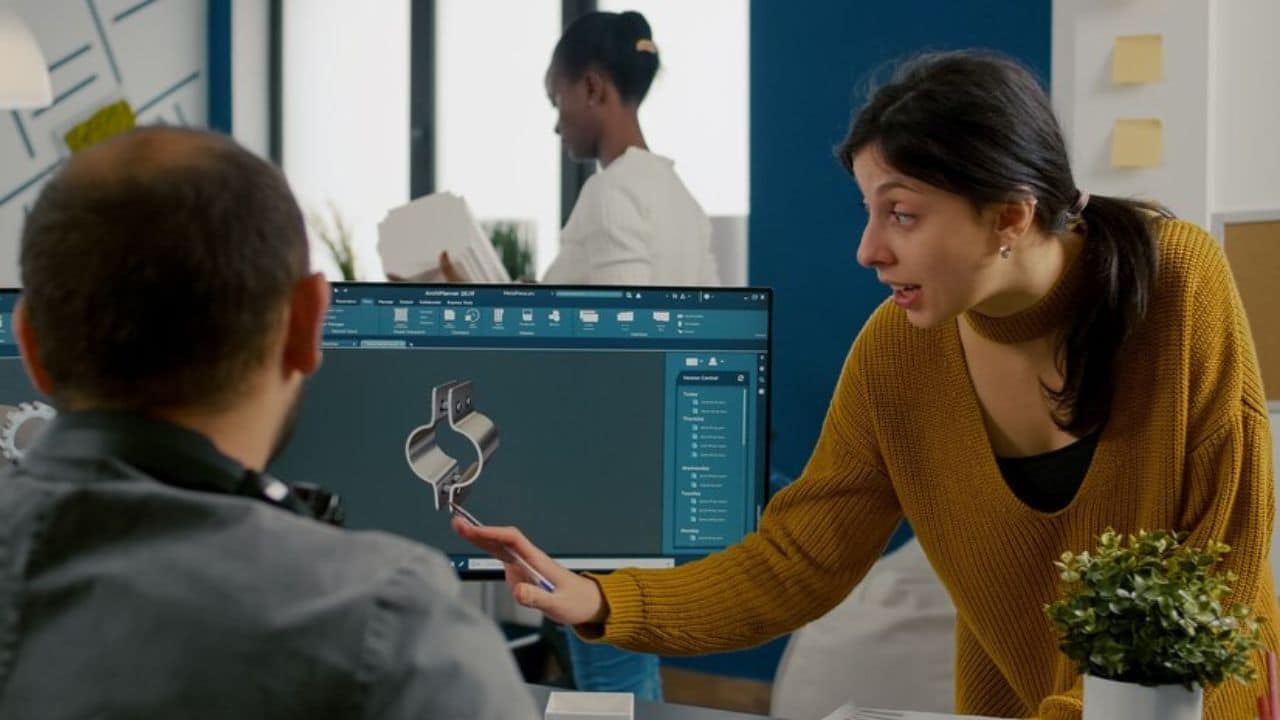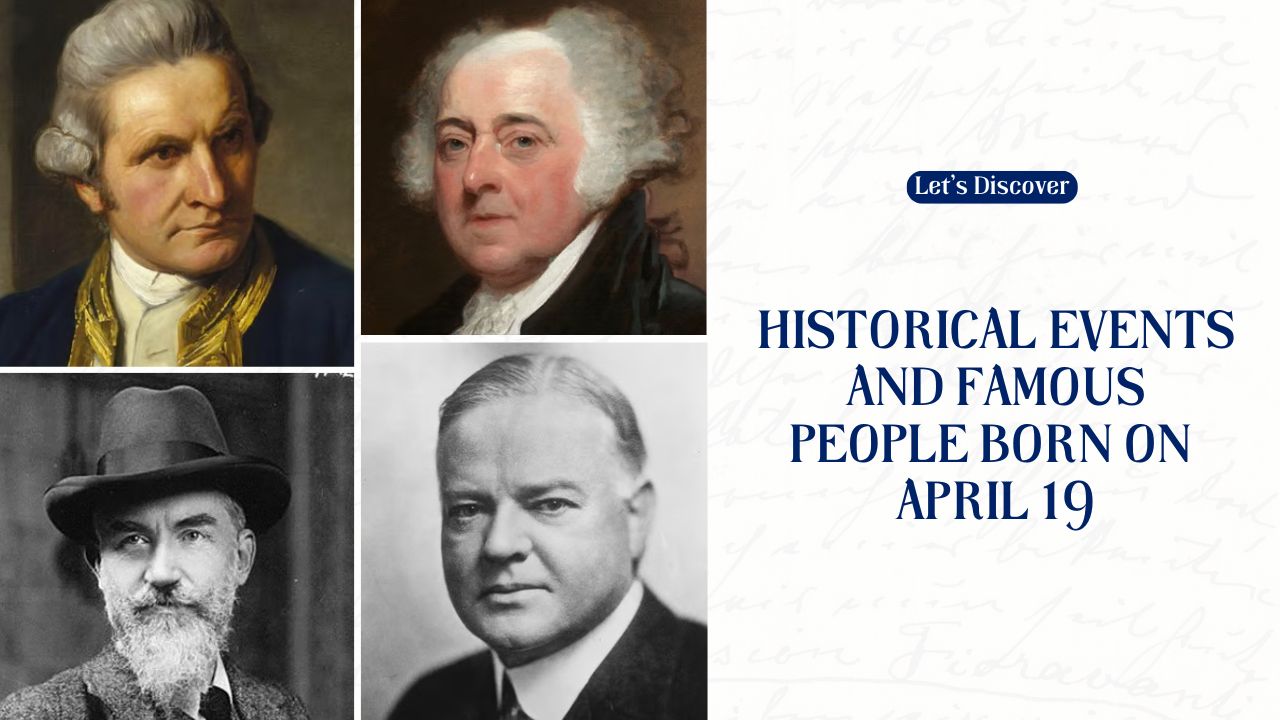In the changing realm of engineering work, metrology software holds a key position in maintaining precision and effectiveness. As technology advances further, keeping up with the developments in metrology software becomes essential. This awareness not only boosts efficiency but also guarantees compliance with strict quality benchmarks. Let’s explore the leading trends moulding this field.
Integration with IoT
The Internet of Things (IoT) has transformed industries, including metrology systems! Nowadays, advanced metrology software effortlessly merges with gadgets, forming a network of tools that work together smoothly. Through this integration, the process of collecting and analysing data happens in real-time, leading to better decision-making capabilities. Devices in a manufacturing setup can now interact, allowing for measurements and minimising mistakes.
Enhanced metrology systems, with capabilities, also support maintenance by using data from different sensors to anticipate equipment malfunctions in advance rather than waiting for them to happen unexpectedly. This proactive strategy reduces downtime and ensures production while optimising operational efficiency.
Artificial Intelligence and Machine Learning
Modern metrology software relies heavily on artificial intelligence (AI) and machine learning (ML). AI technology helps software enhance measurement processes by learning from data and boosting accuracy levels. Machine learning algorithms analyse patterns in datasets, spot irregularities, and tune measurement techniques.
Integrating AI into metrology software systems also enhances automation abilities. This significantly increases productivity by automating inspection tasks and allowing skilled workers to focus on intricate duties. This streamlining process not only boosts efficiency but also minimises the risk of human mistakes.
Cloud-Based Solutions
The move to cloud-based metrology software has been quite substantial in recent times. Cloud solutions bring a range of advantages, such as scalability, cost efficiency and easy accessibility. Businesses no longer have to spend money on infrastructure since cloud systems offer the required computing power and storage.
Cloud services also encourage teamwork by allowing team members from different locations to access measurement data at the same time, which enhances communication and speeds up decision-making processes. It also eases the workload of IT teams as service providers take care of updates and maintenance tasks.
Enhanced User Interfaces
Software creators in the metrology field are increasingly interested in user interaction. A user-friendly interface enhances the software’s intuitiveness and eases beginners’ learning process. Visual aids, like charts and graphs, help simplify data presentations and facilitate understanding.
Users can customise their dashboards to suit their preferences better by adjusting the interface as needed for their tasks so that they can access the pertinent data easily. This customisation enhances effectiveness and user contentment.
Emphasis on Sustainability
Sustainability has become an issue in sectors including precision engineering. The latest metrology software tools are designed to reduce waste and make the most of resources efficiently. These systems ensure measurements to reduce waste and improve efficiency overall.
Energy usage is a focus well, with developers working towards designing eco-friendly systems to lessen their environmental footprint and cut costs for businesses. This results in benefits for both the planet and companies alike.
Advanced-Data Analytics
The ability to process volumes of data is a development in measurement software technology. Sophisticated analytics tools empower users to extract findings from data collected during measurements. These findings aid in improving processes and quality control while fostering innovation within the industry.
Forecast modelling falls under the umbrella of data analytics. It is essential for predicting upcoming trends by examining past data trends and suggesting solutions for potential obstacles ahead. This insight is key to staying ahead in the game competitively.
Augmented Reality (AR) and Virtual Reality (VR)
New technologies such as augmented reality (AR ) and virtual reality (VR ) are becoming increasingly popular in software. AR and VR offer experiences that help users visualise data and conduct virtual inspections.
These advancements also improve training initiatives by allowing new staff members to participate in simulations that provide experience without the fear of harming equipment. This method speeds up the learning process and increases their self-assurance.
Conclusion
The field of metrology software in precision engineering is constantly changing due to progressions on the horizon, with IoT and cloud computing revolutionising the way engineers operate by offering unparalleled precision and effectiveness levels. As sustainability and sophisticated data analysis trends leave their mark on the sector landscape today, companies must adopt these cutting-edge technologies to stay ahead in this field. By adapting to these changes and innovations with an eye towards the future, businesses can secure their position as leaders in precision engineering.







































